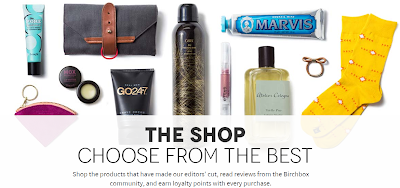I remembered vividly before enrolling into my Masters course and received quite some feedbacks that practical work experience is still more highly valued in comparison to the theoretical knowledge gained in a classroom setting. I had my apprehensions, and for the longest time deliberated if the benefits would outweigh the setbacks of staying in the workforce.
Now that I am towards the completion of my course, I can confidently say that a postgraduate qualification is worth the time and effort. My disclaimer here is; Only if you set the intention on studying, and make sure you make the BEST out of this once-in-a life time journey. Additionally, Masters is quickly becoming a differentiating point in the increasingly competitive job market; it shows persistence, discipline not to mention a valuable boost to the CV.
A couple of note-worthy points (purely from personal experience);
1) Trade-off aka Time
Although one may think that 1.5 years is a relatively short period of time out of the workforce, the brutal truth is that so many things can change within this span of time. Afterall, the only constant variable in life is change. From the volatility of the global economy, to (worsening) job market.... it's important to constantly keep abreast with changes and anticipate what lies ahead of you. The old adage of "The people who weathers the storm best are the most prepared ones". In my case, a recent news clipping revealed that job openings in Malaysia has been cut by 35% due to the companies who are less optimistic of the global economy. So, the "storm" that lies ahead of me would be the 35% less positions available by graduation.
2) Social capital
One of the most valuable experience during my study here would be the people and contacts that you know. Melbourne is a great city, with an array of people from all walks of life and countries all in one place. While university is also a great avenue to get in touch with like-minded people, I personally believe it's important to get yourself out of your comfort zone and immerse in different social settings that my home country would not have otherwise provided. My personal observation tells me that a lot of Asian students, coming from a collectivist culture, tend to form "in-groups" and only mingle around with Asians/same home country. I guess one of the valuable opportunities of studying abroad would be to develop interpersonal skills of communicating with a wide array of people from all walks of life and cultures.
3) Make full use of additional services offered by university
Depending on which university you're enrolled in, many faculties offer additional services that complements postgraduate studies. There will be leadership/personal/career development/networking seminars that may initially make you think "Mehhh, why waste my time going to such things ?". Truth is, as I've mentioned earlier; If you set the intention of getting/learning something out of it, you almost always do gain something out from it.
4) A business postgraduate qualification teaches you to think and communicate differently
While this point did not occur to me until I was in my second semester, I remembered being in a convo with another student who told me this. This propelled me to reflect, and I have to agree with her. It's true that the syllabus encourages critical thinking, and in the area where I was specialising (International Business), it's almost a MUST to form an opinion on a particular issue. Students are expected to contribute ideas, which forms a synergistic collection of knowledge in a classroom setting. The topics on the assignments are often very broad, with no definitive "correct" or "wrong" answers. After countless submissions, I can certainly say that to do well in management units, it's important to constantly challenge yourself to present a myriad of views and then take a stand on what you believe is right.
5) Don't forget to have fun !
Last but not least, study really hard... but also don't forget to have fun. Get out your comfort zone, immerse yourself in situations that you would not have otherwise done so, go volunteer, talk to different people, pick up a new sport, open up your perspective for the world is such a BIG place, and our knowledge is only so limited. The irony of this is that the more we see, the more we realise we only know so little (or that we have so much to improve on !). Last but not least, while the grades we get on the paper conveys the ROI (Return on Investment) of the tuition fee, we are more likely to remember the good (or perhaps the BEST) times we had along the journey.
Education is probably one of the best investments that one can make in their life... so absorb all you can like a very thirsty sponge. The knowledge gained will stay with you throughout the journey of life, and NEVER goes to waste.
If you're ever contemplating to embark on a similar journey, think carefully of the prospects and where the qualification would take you....and most importantly, once you're enrolled in it, make the best out of it, and make a gentle promise that you'll come out of it with so much more than just another additional qualification.




























